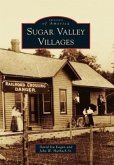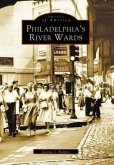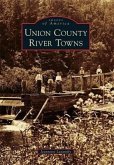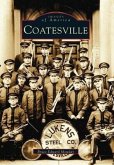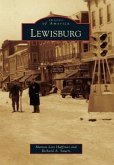Brockway, originally called Brockwayville until the name was shortened in 1925, is named after the Brockway family pioneers who settled near the southern bend of Little Toby Creek in 1822. The Brockways were followed by several other settlers, including the "Father of Brockway," Dr. Asaph M. Clarke, who laid out the town in 1836. Farming and lumbering were the original industries, but by 1883, coal mining had brought in the railroads. Railroads introduced more industry, the most famous being the Brockwayville Machine Bottle Company in 1907. Through images from the Brockway Area Historical Society, Brockway and Little Toby Valley chronicles the development of this industrious community.


